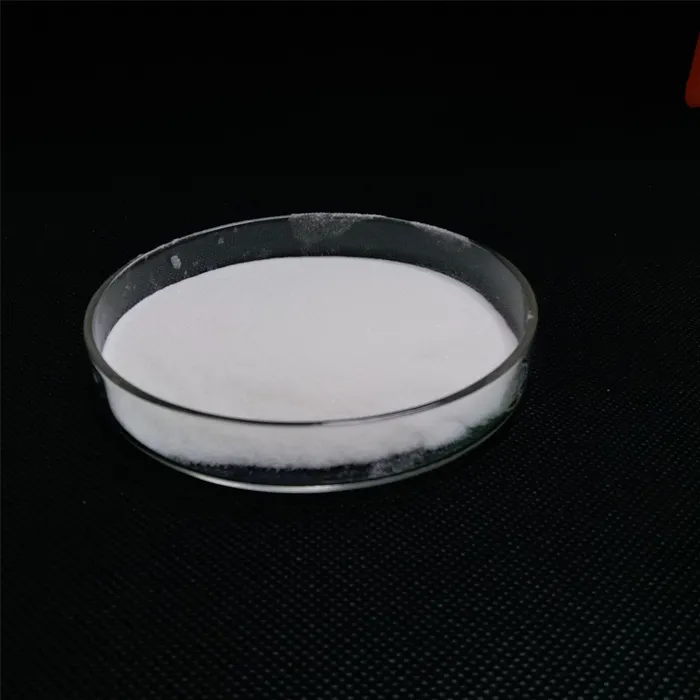Understanding Catalase, PQQ, and Coenzyme Q10 Key Players in Cellular Health
In recent years, the study of bioenergetics and antioxidant systems has gained significant attention due to their implications in health and disease management. Among the various proteins and coenzymes involved in cellular processes, catalase, pyrroloquinoline quinone (PQQ), and coenzyme Q10 (CoQ10) stand out for their crucial roles in maintaining cellular function and promoting overall well-being.
Catalase The Body’s Detoxifier
Catalase is an enzyme found in nearly all living organisms exposed to oxygen. It plays a pivotal role in protecting cells from oxidative damage by catalyzing the conversion of hydrogen peroxide—a potent oxidative stress molecule—into water and oxygen. This reaction is vital because hydrogen peroxide can lead to cell toxicity if not efficiently managed. The activity of catalase is particularly important in tissues that are highly metabolic and exposed to oxygen, such as the liver and brain. Increasing evidence suggests that catalase not only helps prevent oxidative damage but may also play a role in cellular signaling processes, thereby influencing pathways that govern cell survival, proliferation, and apoptosis.
PQQ A Potent Antioxidant and Growth Factor
Pyrroloquinoline quinone, or PQQ, is a small quinone compound that has recently been recognized for its significant antioxidative properties and its function as a cofactor in certain enzyme reactions. PQQ is unique in that it can enhance the activity of other antioxidants, such as coenzyme Q10, thus amplifying their protective effects against oxidative stress. Furthermore, research has shown that PQQ may stimulate mitochondrial biogenesis—essentially promoting the growth of new mitochondria, which are the powerhouses of the cell. Improved mitochondrial function is directly linked to enhanced energy production and cellular vitality. PQQ has also been associated with neuroprotective effects, suggesting a potential role in neurodegenerative diseases, where oxidative stress and mitochondrial dysfunction are commonly observed.
catalase pqq coenzima q10

Coenzyme Q10 The Energy Generator
Coenzyme Q10 (CoQ10), also known as ubiquinone, is a vital component of the electron transport chain located within the mitochondria. It plays a critical role in the production of adenosine triphosphate (ATP), the molecule that powers nearly all cellular processes. In addition to its role in energy metabolism, CoQ10 acts as a powerful antioxidant, helping to neutralize free radicals and protect cells from oxidative damage. Interestingly, levels of CoQ10 naturally decline with age and are often reduced in individuals with chronic diseases, making supplementation a potential therapeutic strategy. Additionally, research has indicated that CoQ10 supplementation can improve heart health, enhance exercise performance, and ameliorate migraines.
The Synergistic Effect
The interplay between catalase, PQQ, and CoQ10 presents an exciting area of research. Catalase works to reduce oxidative stress by eliminating hydrogen peroxide, while PQQ and CoQ10 contribute to the cellular defense system and energy production. Together, they form a powerful trio that can support cellular health, energy metabolism, and overall vitality. By ensuring the balance and functionality of these components, we may be able to enhance our resilience against aging and various diseases.
Conclusion
As we continue to explore the roles of catalase, PQQ, and CoQ10 in cellular health, it becomes increasingly clear that these molecules are integral to our well-being. Their combined actions not only protect against oxidative damage but also promote energy efficiency within our cells. Understanding these mechanisms opens doors to potential therapeutic applications that can improve health and longevity. Therefore, future research should focus on the synergistic effects of these compounds, with the aim of developing innovative strategies to harness their benefits for human health.

